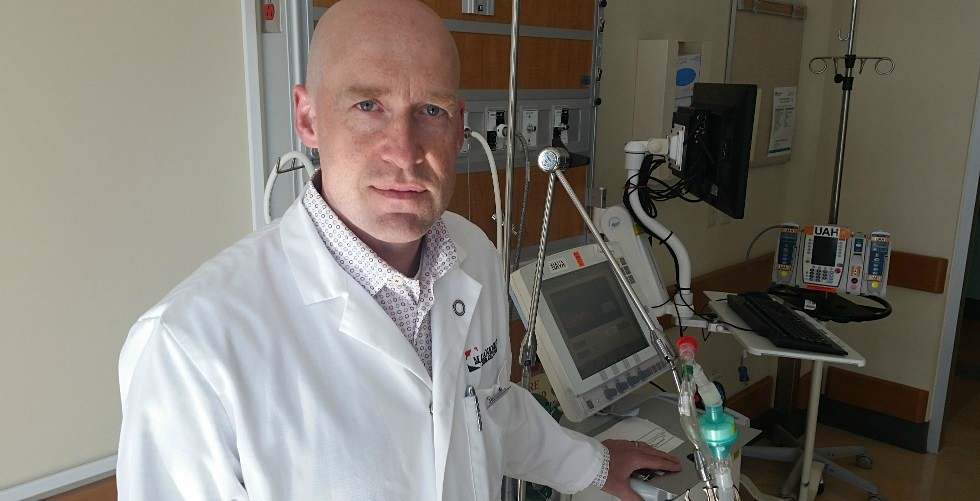In one of the largest international studies of its kind, researchers at the universities of Alberta and Toronto found that an accelerated kidney-replacement therapy strategy did not reduce mortality after three months compared with a standard strategy for critically ill patients with acute kidney injury.
Co-led by Sean Bagshaw, professor and chair of the U of A's Department of Critical Care Medicine, and Ron Wald, nephrologist and associate professor of medicine at the U of T, the study attempted to identify the ideal time to start dialysis therapy in critically ill patients admitted to intensive care units with acute kidney injury.
The Standard vs. Accelerated Initiation of Renal Replacement Therapy (STARRT-AKI) trial is the largest one to have tackled the question, and included nearly 3,000 patients across 168 hospitals from 15 countries around the world. The results of the study were published in the New England Journal of Medicine.
According to Bagshaw, acute kidney injury is a common complication among patients admitted to intensive care units and is associated with a high risk of death, major morbidity and substantial health-resource use. Many such patients will receive dialysis therapy; however, experts were uncertain as to the most appropriate timing to begin the treatment.
In the STARRT-AKI trial, patients experiencing a loss of kidney function were randomly sorted into one of two treatment strategy arms. One strategy looked at early or accelerated initiation of dialysis therapy, where patients received dialysis therapy almost immediately upon fulfilling the eligibility requirements.
The second treatment strategy used a more conservative and standard approach of observing the patient and responding with dialysis therapy only if the patient developed complications or had kidney injury that persisted beyond three days.
The team found that 43.9 per cent of patients in the accelerated strategy and 43.6 per cent of patients in the standard strategy did not survive past 90 days, suggesting there was no significant difference in survival between the two treatment strategies.
Bagshaw said they also looked at several subgroups of patients-including by sex, where they live, presence of chronic kidney disease, diagnosis of sepsis and severity of illness at presentation-to try to understand whether there was evidence that any patient group benefited from the accelerated strategy versus the standard strategy.
Again, they did not find any substantial difference in survival between the two approaches. However, they did find that at the 90-day endpoint, patients who had received the accelerated strategy were slightly more likely to remain dependent on dialysis than patients who received the standard strategy.
"About 10 per cent of patients in the accelerated strategy remained dialysis-dependent, versus six per cent who received the standard strategy," Bagshaw said.
"Ultimately what is most important is how we can use these results to improve the care of critically ill patients with acute kidney injury at the bedside.
"Clinicians will continue to provide care for individual patients based on their clinical expertise and informed by a patient-centred and evidence-based approach, and I was reassured that these findings are likely to support the modification of practice to minimize risks for the patient."
The STARRT-AKI trial was funded in part by the Canadian Institutes of Health Research, Australian National Health and Medical Research Council, Health Research Council of New Zealand, United Kingdom National Institute for Health Research and Baxter International.
